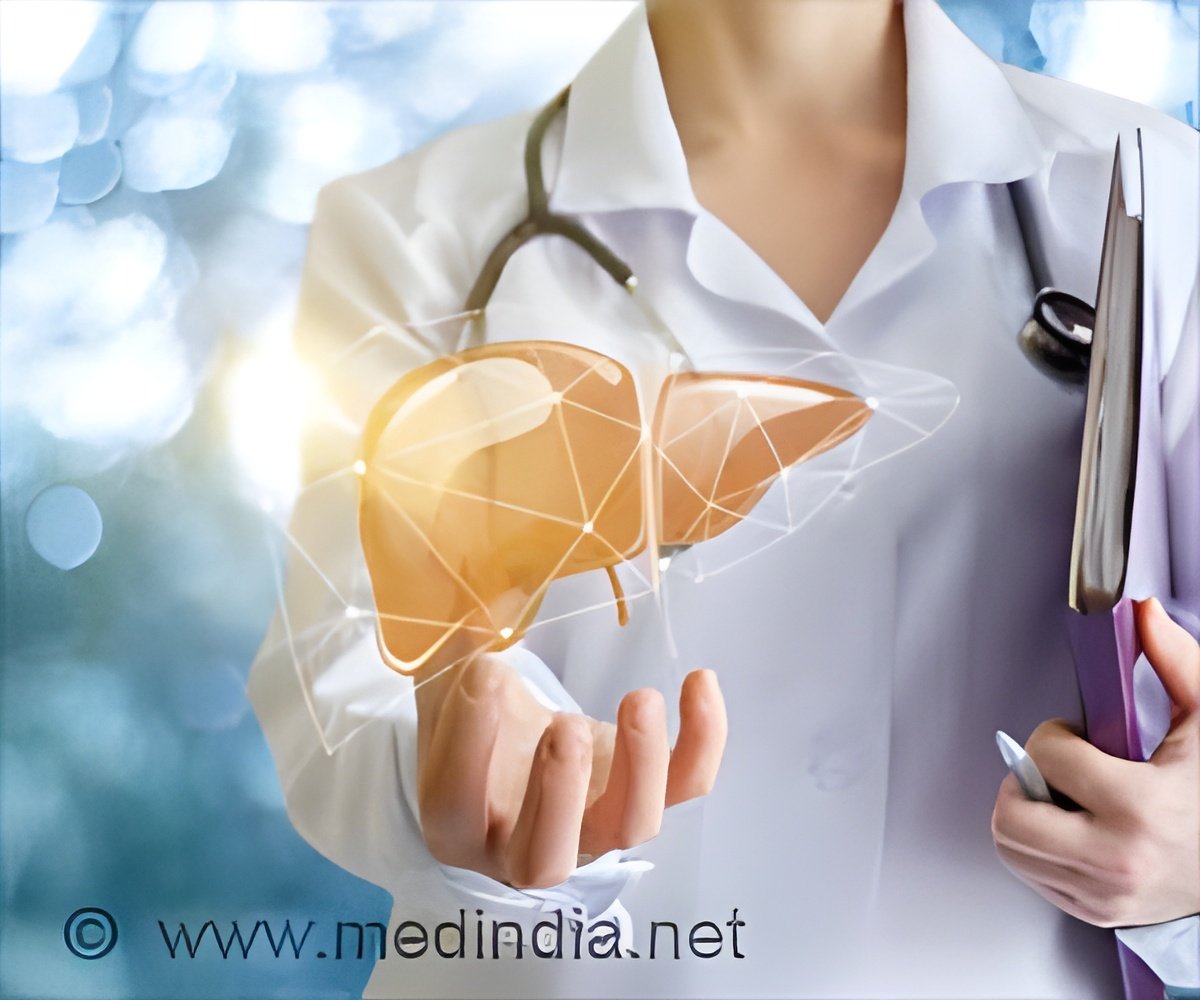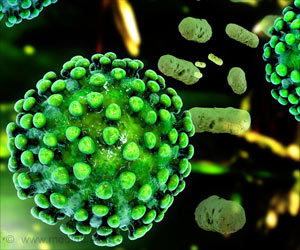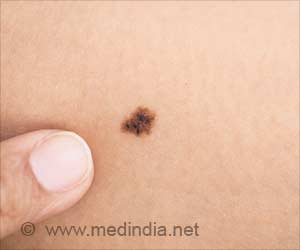Acute and chronic liver diseases are influenced by HMGB1-mediated pathways, making it a promising biomarker & therapeutic target.

Acute and chronic liver diseases continue to be major clinical problems because of their high rates of morbidity and mortality.
Acetaminophen (APAP) overdose-induced acute liver injury (ALI), hepatic ischemia-reperfusion injury (HIRI), and chronic diseases such as alcohol-associated liver disease (ALD) and nonalcoholic fatty liver disease (NAFLD) are all influenced by HMGB1-mediated pathways.
Inflammatory reactions are triggered by the release of HMGB1 from damaged or necrotic liver cells. It is a promising biomarker and potential target for treatment because its levels in the blood have been linked to the severity of liver diseases (1✔ ✔Trusted Source
Emerging Roles of High-mobility Group Box-1 in Liver Disease
).
Functions of HMGB1
The three unique domains of the non-histone nuclear protein of High mobility group box 1 protein [HMGB1] are in charge of DNA binding and regulatory processes. HMGB1 helps maintain chromosomes, repair DNA, and control the cell cycle inside the nucleus.
When released extracellularly, attaches to receptors like RAGE and TLR4, which intensifies inflammatory signals and causes liver damage by activating immune cells. HMGB1 also contributes to autophagy, which is essential for liver tissue regeneration and cell survival.
Upon binding with RAGE and TLR4, HMGB1 activates pro-inflammatory pathways that exacerbate liver inflammation which causes liver diseases such as nonalcoholic fatty liver disease (NAFLD), alcohol-associated liver disease (ALD), liver fibrosis, and even hepatocellular carcinoma (HCC). Its influence on HCC results in tumor proliferation, immune deactivation and metastasis.
HMGB1’s functions are regulated by various post translational modifications acetylation, phosphorylation, oxidation and lactylation.
Advertisement
Role of HMGB1 in Liver Diseases
In acute liver diseases such as acetaminophen (APAP)-induced liver injury and HIRI, HMGB1 is a key mediator of immune responses. It recruits immune cells, such as neutrophils and macrophages, which further damage the liver.
HMGB1 activation of the TLR4 pathway is particularly important in these processes. Therapeutic strategies targeting HMGB1, such as monoclonal antibodies or inhibitors of its release, have shown promise in reducing liver damage in preclinical models.
Advertisement
In chronic liver diseases such as NAFLD and ALD, HMGB1 can have both beneficial and harmful effects, depending on its localization:
- Extracellular HMGB1 promotes inflammation, which accelerates the progression of nonalcoholic steatohepatitis (NASH).
- Intracellular HMGB1 helps protect against lipotoxicity by maintaining endoplasmic reticulum (ER) homeostasis.
- In liver fibrosis, HMGB1 activates hepatic stellate cells (HSCs), which contribute to fibrosis, and its modulation of immune responses can exacerbate this process.
Given HMGB1’s critical involvement in liver disease pathogenesis, therapeutic strategies aimed at modulating its release, function, or receptor interactions have gained interest.
Anti-HMGB1 antibodies, small-molecule inhibitors, and natural compounds like curcumin and glycyrrhizin show potential in alleviating liver inflammation and fibrosis. Furthermore, targeting specific PTMs of HMGB1, such as acetylation and lactylation, offers new avenues for therapeutic interventions, particularly in treating liver fibrosis and HCC.
HMGB1 is an integral player in liver disease, influencing both inflammatory and fibrotic pathways. Its roles in acute liver injury, chronic conditions, and liver cancer make it a valuable diagnostic and therapeutic target.
Ongoing research into HMGB1’s signaling mechanisms, PTMs, and receptor interactions promises to yield new treatments for liver diseases. However, further clinical studies are needed to fully realize the therapeutic potential of targeting HMGB1.
Reference:
- Emerging Roles of High-mobility Group Box-1 in Liver Disease – (https:www.xiahepublishing.com/2310-8819/JCTH-2024-00317)
Source-Eurekalert



